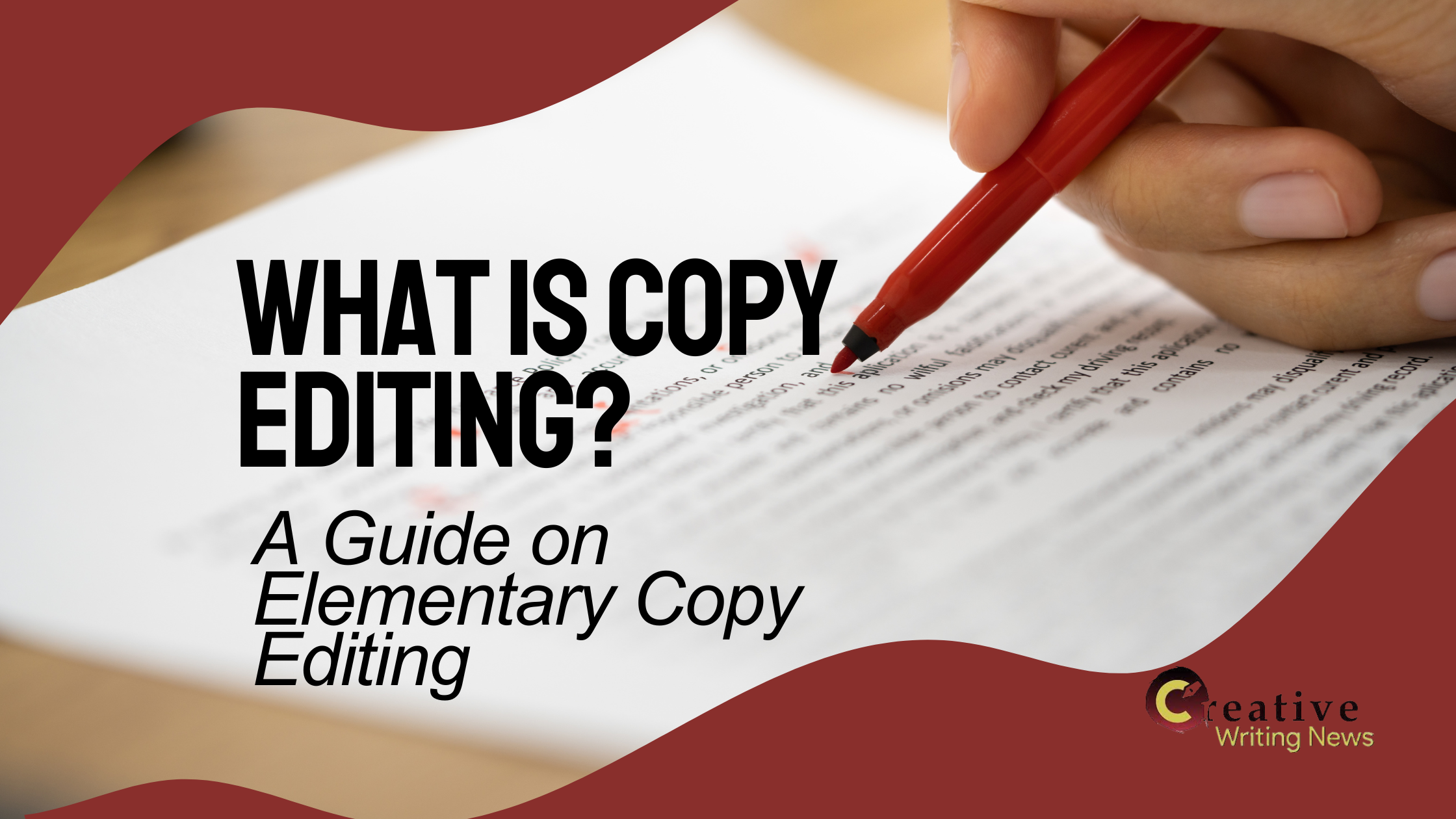What is Copy Editing? A Guide on Elementary Copy Editing
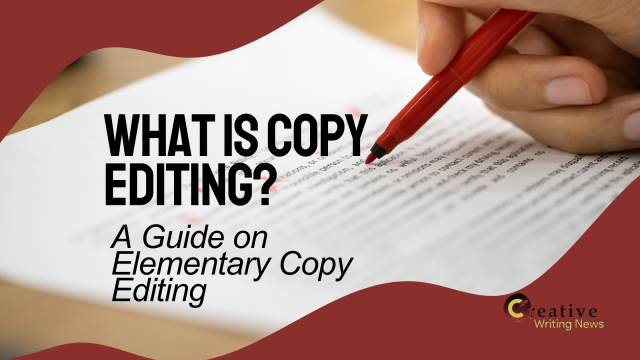
Copy editing is one of the essential terms in the writing and publishing world. With the growth in content writing and creation, one of the most important skills is copywriting, and next to it is copy editing. Oftentimes, non-editors confuse editing with copy editing, especially when it comes to applying it in their works.
Editing, sometimes referred to as content editing, focuses on the written content to review and adjust the overall outlook of the content. It could be how the story is expressed–for fiction or enhance readability in non-fiction. On the other hand, copy editing dives further into the writing and style.
So, what exactly is the definition of copy editing, and why is it important? This article covers lessons from the Society for Book and Magazine Editors (SBMEN) two-day virtual workshop on Elementary Copy Editing.
In it, you will learn;
Who is a Copy Editor?
What is Copy Editing?
Elements of Copy Writing.
What is a Style Sheet?
Proofreading vs Beta Reading.
Who is a Copy Editor?
A copy editor is a professional who reviews and refines written material to improve its accuracy, clarity, and overall quality. They play a crucial role in publishing, ensuring the content is polished and ready for publication. Copy editors not only edit the punctuation and grammar of a work but also ensure that the writing is clear for potential readers, accurate—especially with things such as dates and figures—and concise.
As a copy editor, you must be attentive to the tiniest detail, usually doing the work of both a proofreader and a beta reader. Another important skill of a copy editor is expertise in language grammar and syntax. One of the key skills is usually the ability to understand and work with style guides–this will be discussed in the later part of this article. First, let us understand the basics of copy editing.
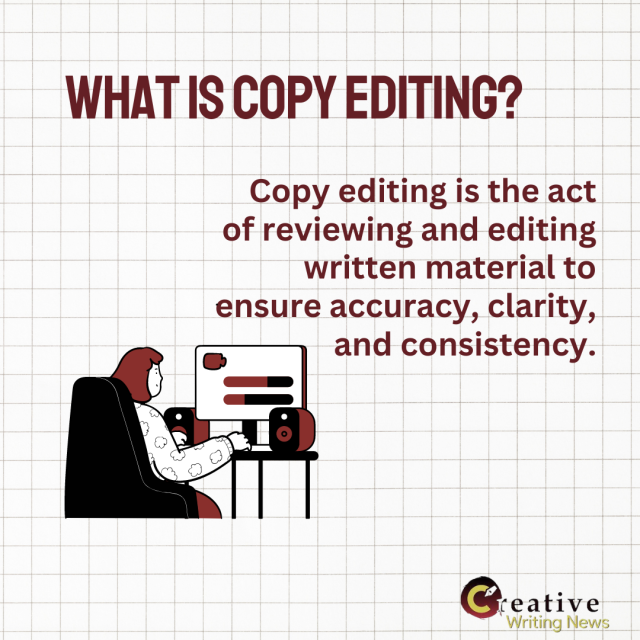 What is Copy Editing?
What is Copy Editing?
Copy editing is the act of reviewing and editing written material to ensure accuracy, clarity, and consistency. It is a deeper, more precise part of editing that focuses on ensuring that written work is free from errors, clearly written, and consistent enough to convey the writer’s message. Wikipedia describes it as ‘the process of revising written material (“copy”) to improve quality and readability, as well as ensuring that a text is free of errors in grammar, style, and accuracy’.
Elements of Copy Editing
Copy editing usually takes place after development and content editing is done, before the last proofreading stage. Therefore, there are specific things that copy editing covers, such as;
- Grammar and Syntax: Copy editing ensures that the text follows the rules of grammar and sentence structure, making it readable and professional.
- Spelling and Vocabulary: A copy editor works to make sure that there are no spelling errors and and there is an appropriate use of vocabulary.
- Style and Tone: For a writing or book to stand out, it must maintain a consistent style and tone that aligns with the intended audience and purpose of the text. Copy Editing checks to make sure they all align with the original tone set from the beginning to the end.
- Clarity and Readability: Another element of copy editing is enhancing the text to make it clear and easy to understand. Instead of long sentences, copy editing finds the best way possible to convey the message in a more concise and clear form.
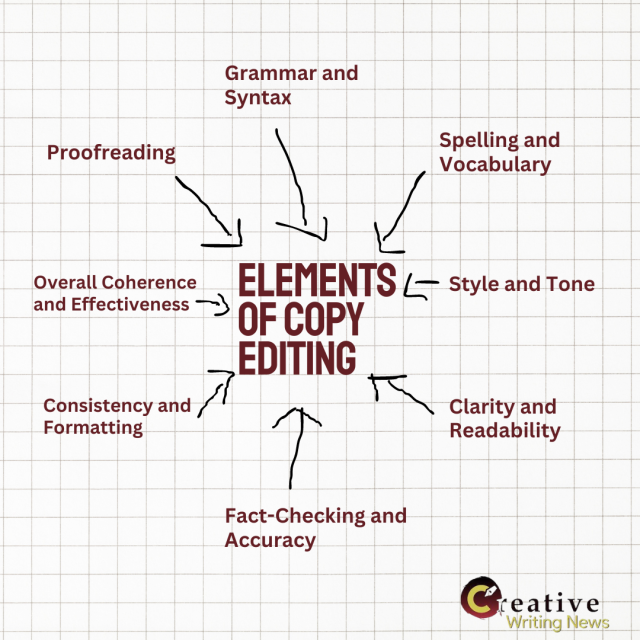
- Fact-Checking and Accuracy: Copyediting checks to make sure the information presented is accurate, especially when working with nonfiction or historical fiction that uses real information. This is to ensure the manuscript/writing is not an unreliable source of information or passing misinformation.
-
Consistency and Formatting: Another key element of copy editing is ensuring there is uniformity in formatting, headings, and other stylistic elements throughout the document. What is perceived as little, such as italicization, can have a great impact on a manuscript. Therefore, the copy editor focuses on uniformity, usually using a style guide.
- Overall Coherence and Effectiveness: It is important for the content to flow logically and effectively communicate its intended message, focusing on the right theme the author wants to share.
- Proofreading: The final step of reviewing the text for any remaining errors in grammar, spelling, punctuation, and formatting.
What is a Style Sheet?
In the world of copy editing, a style sheet is important to direct the copy editor on the task. A Style sheet (also referred to as a style manual or guide) is a set of rules or guides that help a writer, editor, or for publishing in general. It is a document that records selected choices from punctuation to referencing style. A style sheet ensures consistency in writing produced by an author or a publishing company, not limited to online magazines and blogs.
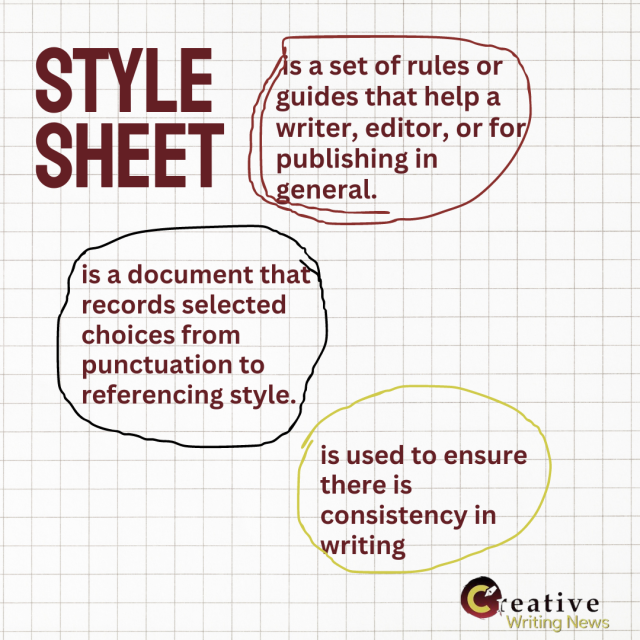 Style sheets are mostly for nonfiction writings but are not limited to them. They can be used for presentations, fiction, reports, articles, etc. A copy editor is expected to use style guides when editing, which could be an existing style sheet such as the Chicago Manual of Style, Modern Association Style Manual, and American Association Style Manual or created by the copy editor, author, or publisher.
Style sheets are mostly for nonfiction writings but are not limited to them. They can be used for presentations, fiction, reports, articles, etc. A copy editor is expected to use style guides when editing, which could be an existing style sheet such as the Chicago Manual of Style, Modern Association Style Manual, and American Association Style Manual or created by the copy editor, author, or publisher.
Style sheets are important because they help with:
- Tracking changes
- Familiarization
- Implementation
- Maintaining consistency throughout the text
- Collaborating with proofreaders and production teams
- Communicating with authors and clients
Proofreading vs Beta reading
The final part of copy editing is proofreading. However, it is important to note that proofreading is different from beta reading. All proofreaders and beta readers are not editors, but all editors are proofreaders and beta readers. The goal of both proofreading and beta reading is to provide value and feedback to the writer, but the two are vastly different.
Proofreading is the process of reading to find and correct errors in written work, such as grammar, punctuation, language, capitalization, and so forth. Beta reading, on the other hand, simply gives effective feedback to the writer from the perspective of a reader. This is just to give information on what has been written to determine its clarity and how well it can hold a reader’s attention.
Proofreaders usually receive formal training because proofreading is a delicate and detailed part of publishing that requires keen attention to detail. Beta reading is open to anyone, from friends to family and kind strangers interested in your writing. The essence of beta reading is to help the author craft their message better for when they decide to publish.
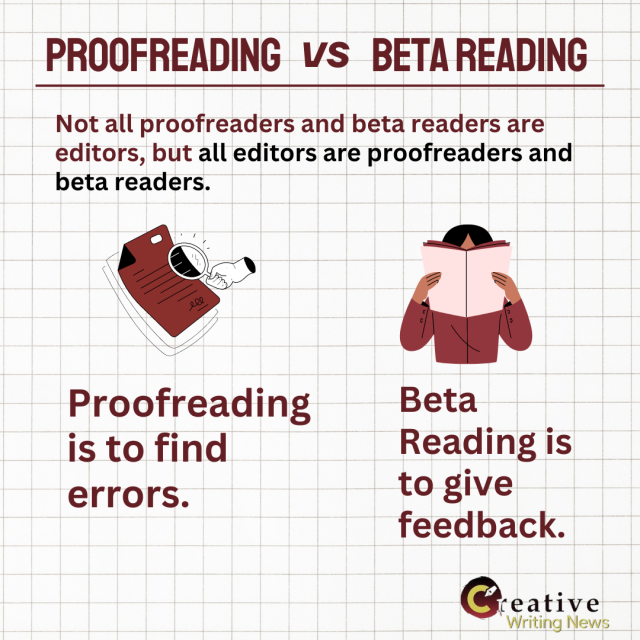
From editing to proofreading, it is important for a copy editor to understand the elementary part of this publishing skill. This is because copy editors play significant roles in bringing a work to life. Whether it is for fiction, non-fiction or even that statement of purpose you are planning on submitting, copy editing is a key part of refining your writing. I hope this article has been able to cover copy editing to help you get started on your journey.


